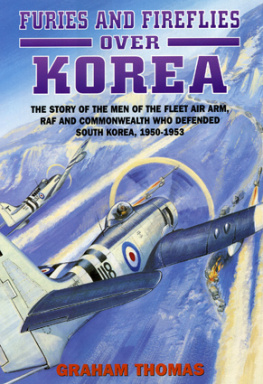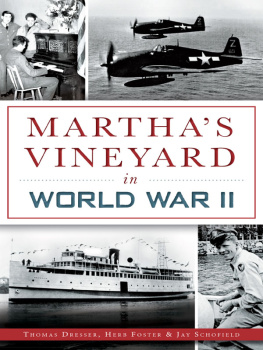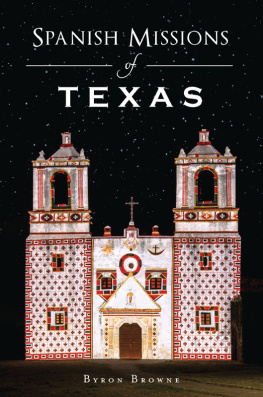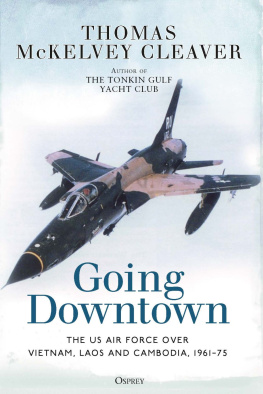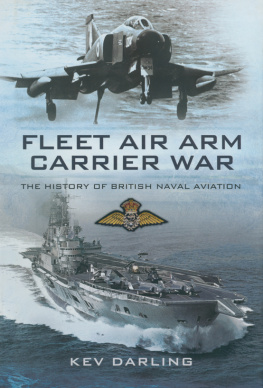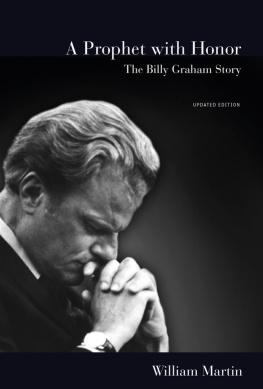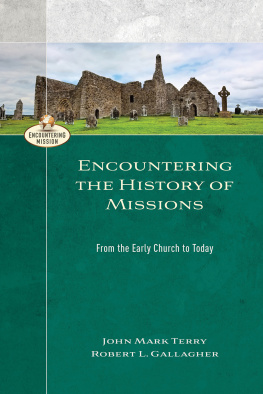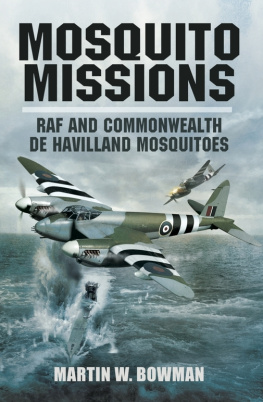Graham Thomas - Furies and Fireflies over Korea
Here you can read online Graham Thomas - Furies and Fireflies over Korea full text of the book (entire story) in english for free. Download pdf and epub, get meaning, cover and reviews about this ebook. year: 2008, publisher: Grub Street Publishing, genre: Non-fiction. Description of the work, (preface) as well as reviews are available. Best literature library LitArk.com created for fans of good reading and offers a wide selection of genres:
Romance novel
Science fiction
Adventure
Detective
Science
History
Home and family
Prose
Art
Politics
Computer
Non-fiction
Religion
Business
Children
Humor
Choose a favorite category and find really read worthwhile books. Enjoy immersion in the world of imagination, feel the emotions of the characters or learn something new for yourself, make an fascinating discovery.
- Book:Furies and Fireflies over Korea
- Author:
- Publisher:Grub Street Publishing
- Genre:
- Year:2008
- Rating:5 / 5
- Favourites:Add to favourites
- Your mark:
- 100
- 1
- 2
- 3
- 4
- 5
Furies and Fireflies over Korea: summary, description and annotation
We offer to read an annotation, description, summary or preface (depends on what the author of the book "Furies and Fireflies over Korea" wrote himself). If you haven't found the necessary information about the book — write in the comments, we will try to find it.
Furies and Fireflies over Korea — read online for free the complete book (whole text) full work
Below is the text of the book, divided by pages. System saving the place of the last page read, allows you to conveniently read the book "Furies and Fireflies over Korea" online for free, without having to search again every time where you left off. Put a bookmark, and you can go to the page where you finished reading at any time.
Font size:
Interval:
Bookmark:
Lieutenant Derek Graham Mathers story is unique in that he was one of the few British airmen taken prisoner by the North Koreans. For nine months he was moved from place to place and kept under permanent guard. In 2002 he talked to me about what happened and what his impressions were during his incarceration. What follows are his own words embellished by a more detailed account published in John Lansdowns With the Carriers in Korea .
By night the Chinese used lights for transports. On one sortie I flew with Hugh McKenry as my wingman. He said Do you see all those transports over there? He put a row of tracer through them and I then saw the camouflage that hed already seen much further away. We started doing a few pre-dawn take-offs about an hour and half before daybreak with a couple of destroyers out in front of the ship with lights to act as artificial horizon. We could catch them on their headlights as they moved before the sun came up.
As I came in to strafe this line of trucks we went over a platoon of infantry who pointed their rifles up to the sky. They went into rapid fire and a bullet hit my fuel line. The engine stopped. A lucky shot. All of a sudden I had no power and climbed up with the excess speed and glided towards the sea, but I couldnt get that far and landed in a rice paddy field. The drop tanks acted as a pair of skis and I skidded through a field and then through a hedge where I finally came to a standstill.
For about an hour I sat on the wing waiting for somebody to come and get me. Eventually an American chopper came in from Kung sun-ni and it picked me up and took me back to the island. They dangled a loop on the end of a cable and I grabbed the rope and wrapped it under my arms, then I was just dangling there. Then the following morning a Dakota came and picked me up from the island. The pilot was a Greek and he landed on the beach. He picked me up and off we went to Seoul. Years later I went to Greece and ran into the same pilot as an air commodore.
The next time Mather was shot down was his last, and he was incarcerated until the end of hostilities. By this time, 5 January 1953, he was flying from HMS Glory :
Wed been dive-bombing some bridges on a river. I was the No. 3, the section leader of a flight of four aircraft. The CO was Pete Stuart. The we ather was pretty miserable, snow-storms, low cloud and poor visibility. We attacked the first bridge with bombs and he went in with his No. 2 and they got that bridge.
As we have seen elsewhere, the cardinal rule for virtually every mission was not to go around again for another attack. Some of the losses suffered during the conflict can be attributed directly to this practice. Mather continued:
Staying in the area longer than necessary was a bad idea. So my wingman Ted Anson and I went off on an armed reconnaissance and came back around twenty minutes later after the area had cooled down a little. We attacked some secondary targets, one of which was another bridge up the river.
I led the second attack in, and as we came down in our dives they were waiting for us. It was a flak trap. They had AA guns at the bridge and I released my bombs and we were pulling up to get away from this. Suddenly there was a bang at my feet from a 76mm shell that had come in under the seat. I called up to Ted that Id been hit and he said hed come and have a look.
Unfortunately, the shell blew up. The debris from my Fury shot back right at him but fortunately he pulled away and got free of it. Next thing I knew I was tumbling in the air, still in my seat and most of the engine had gone. The canopy had gone as well. The remaining part of the aircraft was spinning out of control so I decided the best thing to do was to get out. I undid my harness and stood up on the seat, or what was left of it. I peered over the side and pushed the parachute over, then did a quick somersault and I was suddenly rolling around in fresh air. Ted said that I appeared over the side in the conventional ball that we are taught to do during training. I had no idea Id actually gone over that way. Wed done it so many times during our operational flying school in RAF Lossiemouth that I just did it automatically.
I was free falling through the air so I pulled the ring on the parachute and that deployed rather suddenly. The next thing I knew I was dangling at the end of the chute moving rather rapidly towards the ground. Instead of the standard Smith and Wesson revolver I had a 9-millimetre automatic pistol that Id got from an American in exchange for the Smith and Wesson.
Well, the closer I got to the land I found I was being shot at. I returned fire and then I thought it would be prudent if I didnt have the gun on me when I came down so I tossed it away.
Landing hard in the snow, the North Koreans were waiting for him.
This was winter. And I came down in the snow and was captured. I stood up to surrender to them but there were still bullets flying around so I lay down again. They jumped me very quickly. Visibility was pretty poor and it was very cold. Although it wasnt snowing at the time, the ground was covered in very deep snow.
Mathers biggest fear on his way down to the ground was that his parachute might go up in flames from ground fire. A scene from the Hollywood film One Minute to Zero stood out in his mind as he floated through the air. At the end of that picture an American airman parachutes out of his aircraft to the ground. He gets shot at by ground fire, the parachute explodes into flame and he crashes to his death. Mather felt the same thing could easily have happened to him. Fortunately, it didnt.
Despite the cold, Mathers immersion suit kept him pretty warm.
We had our goon suits on. The suit was in two halves but it was waterproofed and sealed. Both the bottom and the top half had rubber seals which helped to keep the cold out. That gave you a reasonable chance if you had to ditch or got shot down behind enemy lines. They searched me pretty thoroughly then we marched to the local Command Post where I was searched again.
At this point they took away Mathers watch and his translation sheet along with his blood chit. Without the translation sheet he would not be able to communicate but it seemed they werent concerned about communication. Mather had a few flash burns on his face where the skin had been exposed between his goggles and his oxygen mask. Also one side of his beard was singed and he asked for treatment. The North Koreans simply applied some antiseptic liquid to the wound and left it.
In the extreme cold it healed very quickly. After spending a night at that post they marched me off the next day north along a frozen river bed. It was about forty miles and I think it was one of their main supply routes that ran down the west coast.
While they were marching a Firefly, which was rocketing a bridge not far away, attacked them. It was an odd feeling being on the receiving end of a rocket attack, he later recalled.
Walking in the immersion suit was difficult and to make it easier, Mather took off the seals around the wrists and the neck, and separated the trousers from the boots, which made the slow progress over the snow a little easier. The suit kept the icy wind at bay and kept his feet dry. But because hed cut the seals, the intense cold seeped in when he slept.
We marched about ten miles up towards Sariwon which was a headquarters town. From the air you dont see much activity and the place looked deserted but down on the ground it was a different story. You see people and there was expertly camouflaged transport that perfectly blended into the background of snow and buildings. We spent the night in Sariwon and then in the middle of the night we got on top of a truck moving up north towards the capital of North Korea. Most of the local villages had been pretty well flattened. On the road you saw evidence of camouflaging where trucks were laid up during the day and they moved at night.
Font size:
Interval:
Bookmark:
Similar books «Furies and Fireflies over Korea»
Look at similar books to Furies and Fireflies over Korea. We have selected literature similar in name and meaning in the hope of providing readers with more options to find new, interesting, not yet read works.
Discussion, reviews of the book Furies and Fireflies over Korea and just readers' own opinions. Leave your comments, write what you think about the work, its meaning or the main characters. Specify what exactly you liked and what you didn't like, and why you think so.

